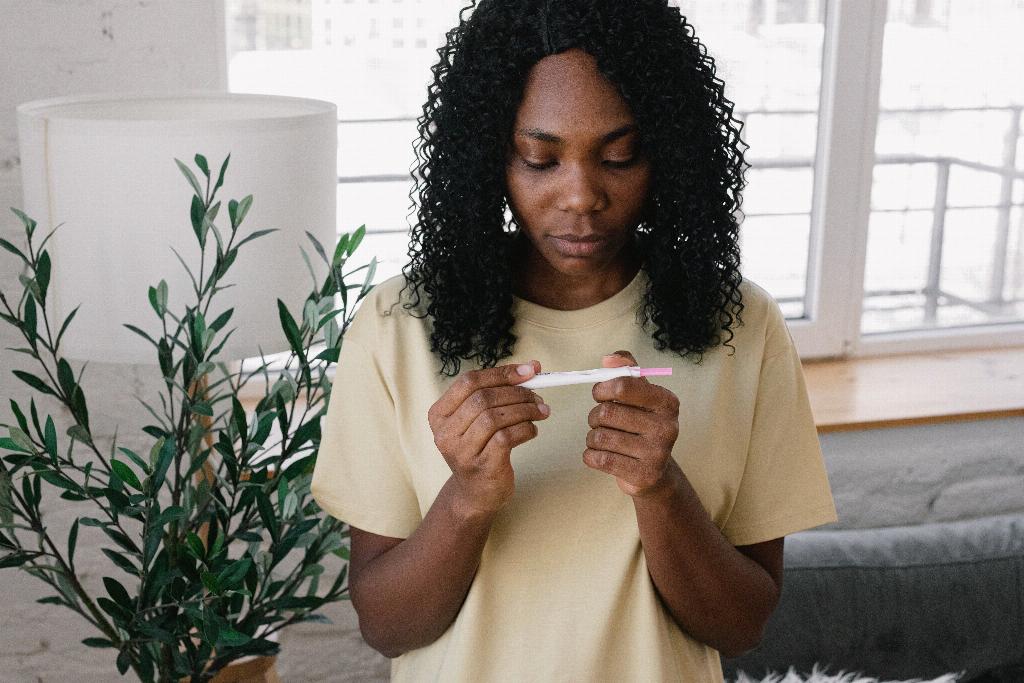When it comes to the discomfort associated with a membrane sweep, it’s crucial to recognize that pain tolerance varies greatly among individuals. The procedure involves a healthcare provider inserting a finger into the cervix to separate the membranes surrounding the baby from the cervix. This action aims to stimulate the release of natural hormones that may kickstart labor. While the process itself only lasts a few minutes, many women report varying levels of discomfort or pain as a result.
Many liken the sensation of a membrane sweep to a somewhat intense cervical exam. The provider needs to reach the cervix to perform the sweep, which can cause a cramping sensation that some find uncomfortable. It’s essential to communicate openly with your healthcare provider about any discomfort you may experience during the procedure. Remember, each person’s pain threshold is different, so what feels painful to one individual may be tolerable to another.
Expect some level of discomfort not only during the sweep itself but also in the immediate aftermath. This discomfort may manifest as cramping and spotting, similar to what you might experience during your menstrual cycle. It’s important to note that while discomfort is common, significant pain during a membrane sweep should be reported to your healthcare provider immediately.
If the membrane sweep is successful in stimulating labor, you may start feeling contractions within a few hours. Contractions are a normal part of the labor process, but the intensity and frequency can vary. Some women describe contractions as manageable discomfort, while others find them incredibly painful. It’s crucial to have a support system in place during this time and to discuss pain management options with your healthcare team.
While some discomfort during a membrane sweep is expected, persistent or severe pain should never be ignored. It could be a sign of a complication or another issue that requires immediate attention. Always trust your instincts and seek help if you feel that something is not right. Your healthcare provider is there to support you through this process and ensure the safety and well-being of both you and your baby.
Preparing mentally and emotionally for the potential discomfort of a membrane sweep can also help you cope with any pain you may experience. Remember that this procedure is a temporary step in the journey towards welcoming your baby into the world. Stay focused on the end goal and visualize holding your little one in your arms to help you stay positive during any moments of discomfort.
It’s essential to communicate openly with your healthcare provider about your concerns and fears regarding the pain associated with a membrane sweep. They can provide valuable information and reassurance to help you feel more at ease during the procedure. Remember that you have a voice in your healthcare decisions, and your provider is there to address any questions or uncertainties you may have.
Exploring pain management options before the membrane sweep can also help alleviate any anxiety you may feel about potential discomfort. Discussing these options with your healthcare team beforehand can give you a sense of control over your pain management plan and ensure that you feel supported and informed throughout the process. The more you know, the better equipped you’ll be to handle any discomfort that may arise.
While it’s natural to feel apprehensive about the potential pain of a membrane sweep, many women find that the discomfort is manageable and temporary. Keeping an open line of communication with your healthcare provider, preparing mentally and emotionally for the procedure, and exploring pain management options can all contribute to a more positive experience. Remember that you are not alone in this journey, and your healthcare team is there to support you every step of the way.

